
|
|
Font Size:
|
||||
|
|
|
|
||||
STATISTICAL BRIEF #21:
Trends in Outpatient Prescription Drug Utilization and Expenditures: 1997-2000
Briefly Stated
- From 1997-2000, total expenditures for outpatient prescription drugs increased over 40% from $72.3 billion in 1997 to $103 billion in 2000.
- Between 1997 and 2000, the average expenditure for persons with a prescription medicine purchase age 65 and older increased about 35% (from $819 to $1102), and increased about 40% (from $347 to $485) for persons under age 65.
- Every year from 1997-2000, the average out of pocket expense for prescription medicines for those with a purchase and age 65 and older was more than three times as high as the average out of pocket expense on prescription medicines for those with a purchase and under age 65.
- Each year between 1997-2000, for those persons with a prescription medicine purchase, the average number of prescriptions for persons age 65 and older was more than double the average number of prescriptions for persons under age 65.
Introduction
An examination of trends in outpatient prescription drug utilization (i.e., number of purchases) and expenditures is an essential component of studies that explore recent increases in health care spending. This statistical brief will present data on trends in utilization and expenditures for outpatient prescription medicines in the US civilian noninstitutionalized population from 1997-2000. All results discussed in this statistical brief are statistically significant at the 0.05 level. Total health expenditures include expenditures for hospital inpatient services; visits to medical providers seen in office-based settings or clinics, hospital outpatient departments, emergency rooms, and clinics owned and operated by hospitals; prescription medicines; dental services; home health services; and other medical equipment and supplies. Over the counter medicines and free samples are not included in the outpatient prescription drug expenditures.
Findings
National estimates derived from the Medical Expenditure Panel Survey (MEPS) indicate there was a significant increase in total outpatient prescription expenditures between 1997-2000. Expenditures for outpatient prescribed medications increased from $72.3 billion in 1997 to $103 billion in 2000 (Figure 1). In addition, the proportion of medical expenditures attributable to outpatient prescription medications has significantly increased over the same period. In 1997, outpatient prescription drugs accounted for approximately 13% of total health expenditures (13.1%) and by 2000 they accounted for more than 16% of total health expenditures (16.4%) (Figure 2). The average annual expenditure for prescribed medicines for those with a drug purchase (168.5 million persons in 1997, and 173.3 million persons in 2000) increased from $429 in 1997 to $594 in 2000 (Figure 3). Over the same period, the average expenditure for prescription drugs for those age 65 and older with a purchase was significantly higher than the average expenditure for prescription drugs for those under age 65 with a purchase (Figure 3). The average out of pocket expenditure on outpatient prescription medicines for those with a drug purchase increased from $202 in 1997 to $274 in 2000 (Figure 4). During the same time frame, the average out of pocket expenditure for those age 65 and older with a purchase was significantly higher when compared to those under age 65 (Figure 4).
Between 1997 and 2000, the aggregate total utilization of outpatient prescription drugs significantly increased from 1.9 to 2.2 billion prescriptions (Figure 5). For those persons having at least one prescribed medicine purchase, the average annual utilization estimates increased from just over 11 prescriptions per person in 1997 (11.1 prescriptions) to 12.5 prescriptions in 2000 (Figure 6). During this period, the average annual utilization estimates for prescribed medicines was significantly higher for those age 65 and older with a purchase, relative to their younger counterparts (Figure 6).
About MEPS-HC
The Medical Expenditure Panel Survey (MEPS) collects nationally representative data on health care use, expenditures, sources of payment, and insurance coverage for the U.S. civilian noninstitutionalized population. MEPS is cosponsored by the Agency for Healthcare Research and Quality (AHRQ) and the National Center for Health Statistics (NCHS). This Statistical Brief summarizes data concerning prescribed medicines utilization and expenditures for the U.S. civilian noninstitutionalized population for the years 1997-2000, as derived from the 1997-2000 Full Year Consolidated Data Files (HC-051, HC-038, HC-028, and HC-020). In MEPS, prescribed medicine utilization is defined as a prescription medicine purchase. For a detailed description of the MEPS survey design see J. Cohen (1997) and S. Cohen (1997).
References
For more information about MEPS, please email the MEPS Information Coordinator at AHRQ (301-427-1406) or visit the MEPS section of the AHRQ Web site at: http://www.meps.ahrq.gov/. For a detailed description of the MEPS survey design, sample design, and methods used to minimize sources of nonsampling error, see the following publications:
Cohen J. Design and methods of the Medical Expenditure Panel Survey Household Component. Rockville (MD): Agency for Health Care Policy and Research; 1997. MEPS Methodology Report No. 1. AHRQ Pub. No. 97-0026.
Cohen S. Sample design of the 1996 Medical Expenditure Panel Survey Household Component. Rockville (MD): Agency for Health Care Policy and Research; 1997. MEPS Methodology Report No. 2. AHRQ Pub. No. 97-0027.
These publications are available from the AHRQ Clearinghouse (1-800-358-9295) and on the AHRQ web site.
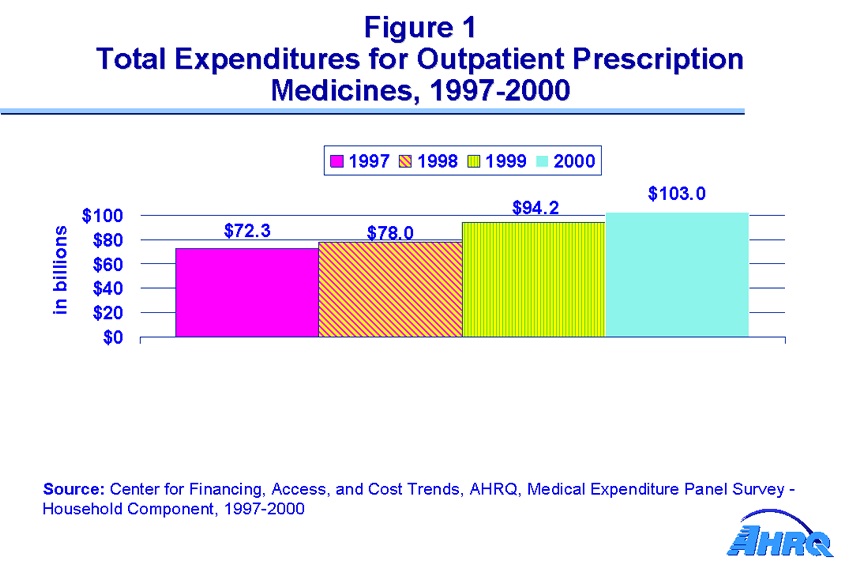 |
||||||||||||||||||||||||||||||
|
||||||||||||||||||||||||||||||
|
|
||||||||||||||||||||||||||||||
 |
||||||||||||||||||||||||||||||
|
||||||||||||||||||||||||||||||
|
|
||||||||||||||||||||||||||||||
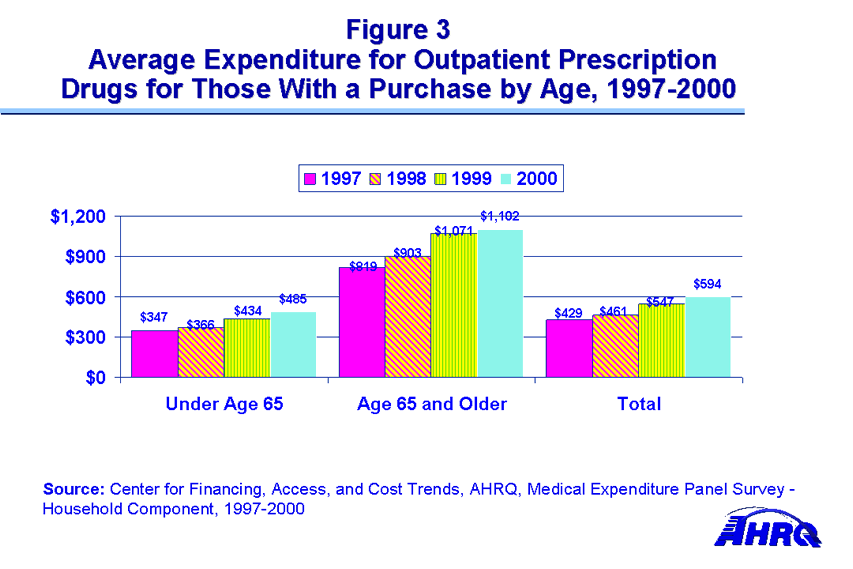 |
||||||||||||||||||||||||||||||
|
||||||||||||||||||||||||||||||
|
|
||||||||||||||||||||||||||||||
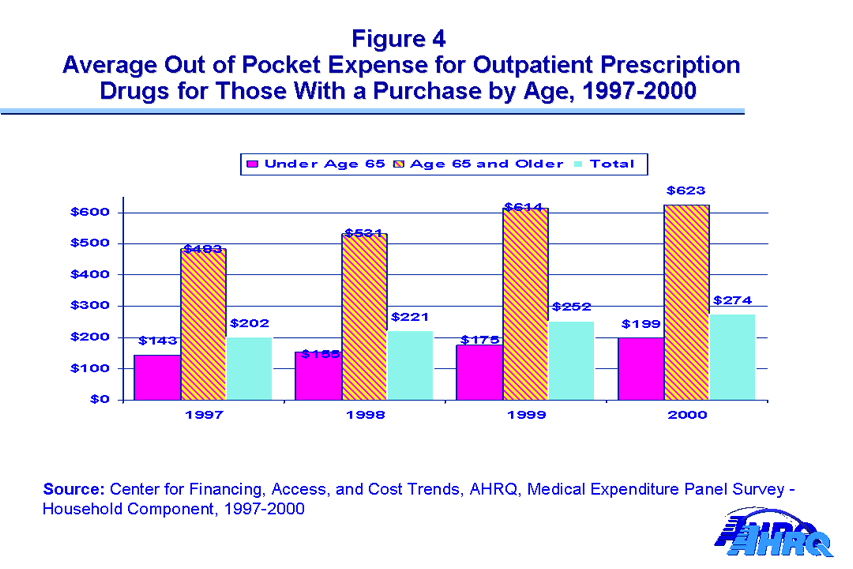 |
||||||||||||||||||||||||||||||
|
||||||||||||||||||||||||||||||
|
|
||||||||||||||||||||||||||||||
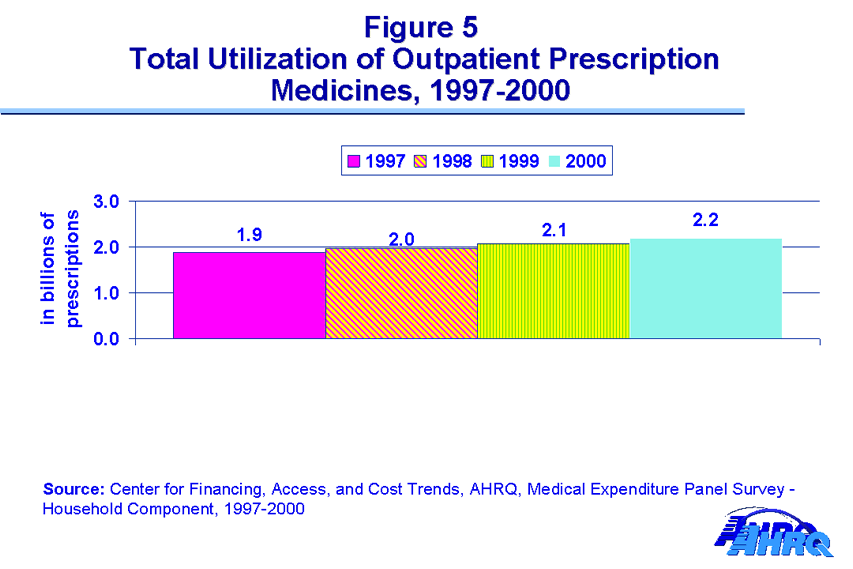 |
||||||||||||||||||||||||||||||
|
||||||||||||||||||||||||||||||
|
|
||||||||||||||||||||||||||||||
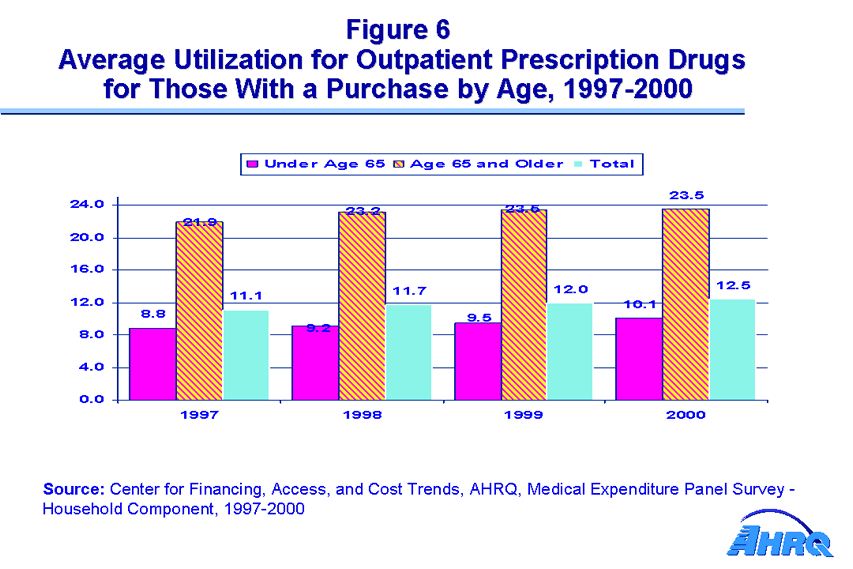 |
||||||||||||||||||||||||||||||
|
||||||||||||||||||||||||||||||
|
|
||||||||||||||||||||||||||||||


